
Discovery and the practice of assessing vapor intrusion risk begins…
Vapor intrusion risk is determined to be from acute exposure or fire/explosion, mostly from petroleum landfill gas and radon surveys.


Discovery and the practice of assessing vapor intrusion risk begins…
Vapor intrusion risk is determined to be from acute exposure or fire/explosion, mostly from petroleum landfill gas and radon surveys.
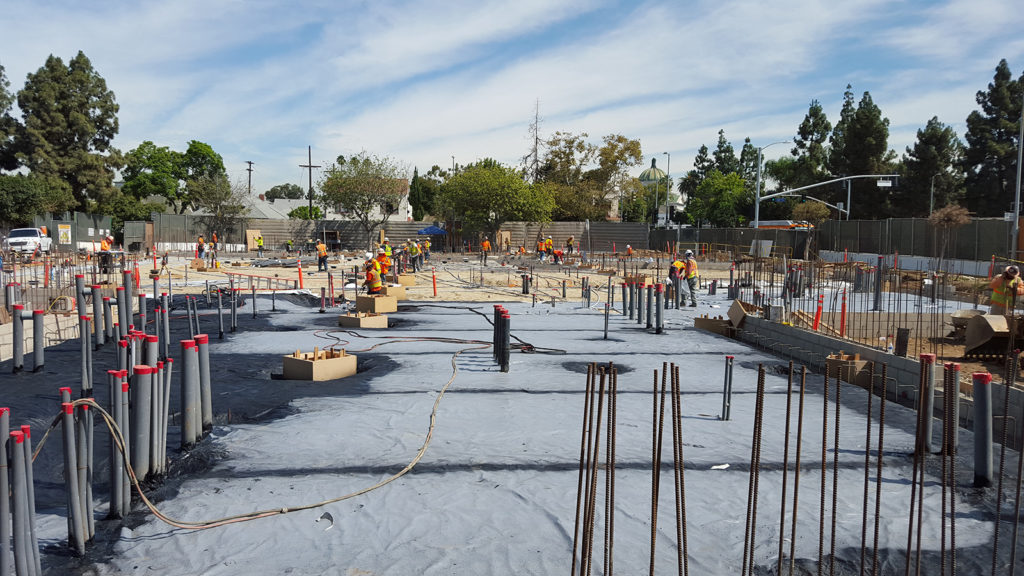

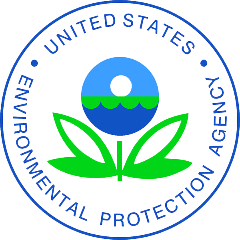
Resource Conservation and Recovery Act (RCRA) Office of Solid Waste and Emergency Response (OSWER) Corrective Action Directive required investigation to characterize subsurface gasses from hazardous constituents.
Characterization of subsurface gases was included in the 1986 RCRA Corrective Action Directive guide document.
In the 1990’s, some states begin requiring evaluation of the Vapor Intrusion Pathway.
The American Society for Testing and Materials (ASTM) develops Risk-Based Corrective Action (RBCA) standard for petroleum releases including vapor intrusion.
It wasn’t until investigative work of the Massachusetts Department of Environmental Protection (MassDEP) in the 1990’s that regulators began to understand the significance of vapor intrusion By mid – 1990’s, some states (MA, MI, CT, and RI) required the vapor intrusion exposure pathway be evaluated during environmental site assessments.
The Redfield site in Colorado was one of the first major sites to bring the vapor intrusion issue to the attention of the U.S. Environmental Protection Agency (USEPA) and the nation in the late 1990’s.
Vapor intrusion was not a regulatory concern when the HRS was revised in 1990, the vapor intrusion pathway was (is) not one of the pathways that are evaluated when scoring a site.
USEPA introduced “Draft Guidance for Evaluating the Vapor Intrusion to Indoor Air Pathway from Groundwater & Soils” (Subsurface Vapor Intrusion Guidance), 67 Fed. Reg. 71169.


EPA’s Office of the Inspector General (OIG) recommends that EPA update its Vapor Intrusion Guidance.

REGENESIS’ new Land Science division focusing on vapor intrusion solutions established

 Vapor intrusion was not recognized as a component of an ASTM International environmental site assessment (ESA) until 2010, when ASTM introduced its Vapor Encroachment Screening Standard (E2600-10).
Vapor intrusion was not recognized as a component of an ASTM International environmental site assessment (ESA) until 2010, when ASTM introduced its Vapor Encroachment Screening Standard (E2600-10).

 EPA began soliciting public feedback on topics related to the potential revisions to the HRS including vapor intrusion.
EPA began soliciting public feedback on topics related to the potential revisions to the HRS including vapor intrusion.


REGENESIS develops Retro-Coat Chemically resistant coating designed to stop vapor intrusion within existing structures.


Vapor intrusion was incorporated into the Phase I ESA Standard (E1527-13).
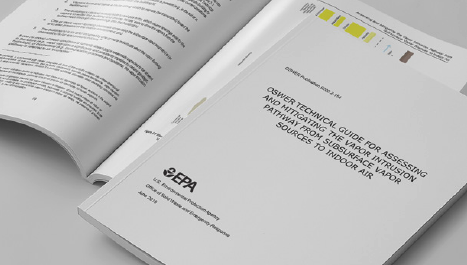
U.S. EPA issues “Technical Guide for Assessing and Mitigating the Vapor Intrusion Pathway from Subsurface Vapor Sources to Indoor Air”.
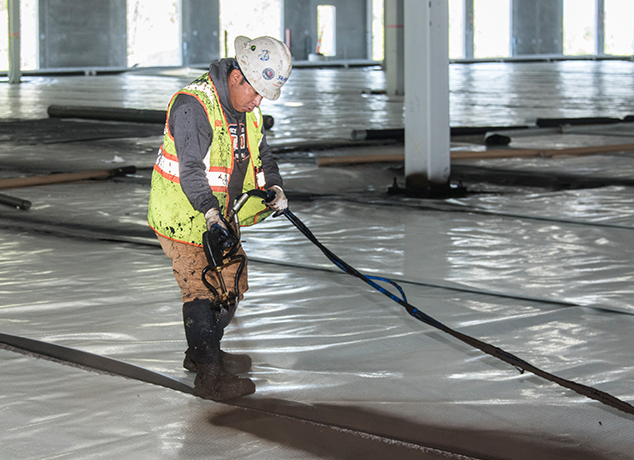
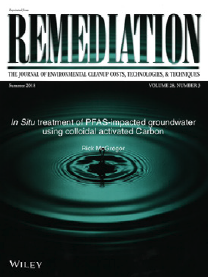 According to publication in the journal Remediation1, as of Dec. 2018, 42 states have issued draft or final vapor intrusion guidance documents.
According to publication in the journal Remediation1, as of Dec. 2018, 42 states have issued draft or final vapor intrusion guidance documents.
The remaining 8 states (GA, MS, SC, AR, OK, TX, ND, and WO) without individual guidance documents continue to adopt the federal guidance or regulate vapor intrusion on a case-by-case basis.
Of the 42 states with vapor intrusion guidance documents, screening levels for volatile chemicals vary widely depending on the cancer risk parameters (10–5 or 10–6), attenuation coefficients, and chemical data (toxicity and exposure factors) adopted by each state.
These findings have been extrapolated to the inhalation exposure pathway, prompting 11 states (AR, CA, CO, CT, MA, MI, MN, NH, NJ, NY, and OH) and the U.S. EPA region 9 to adopt trigger concentrations for short-term TCE exposure.
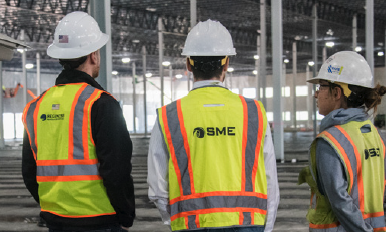

MonoShield launched by Land Science
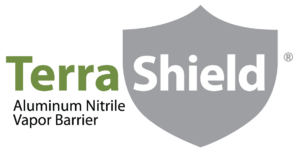
TerraShield launched by Land Science

